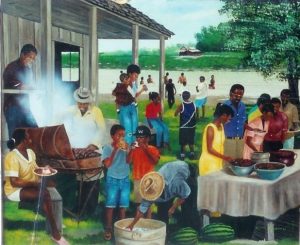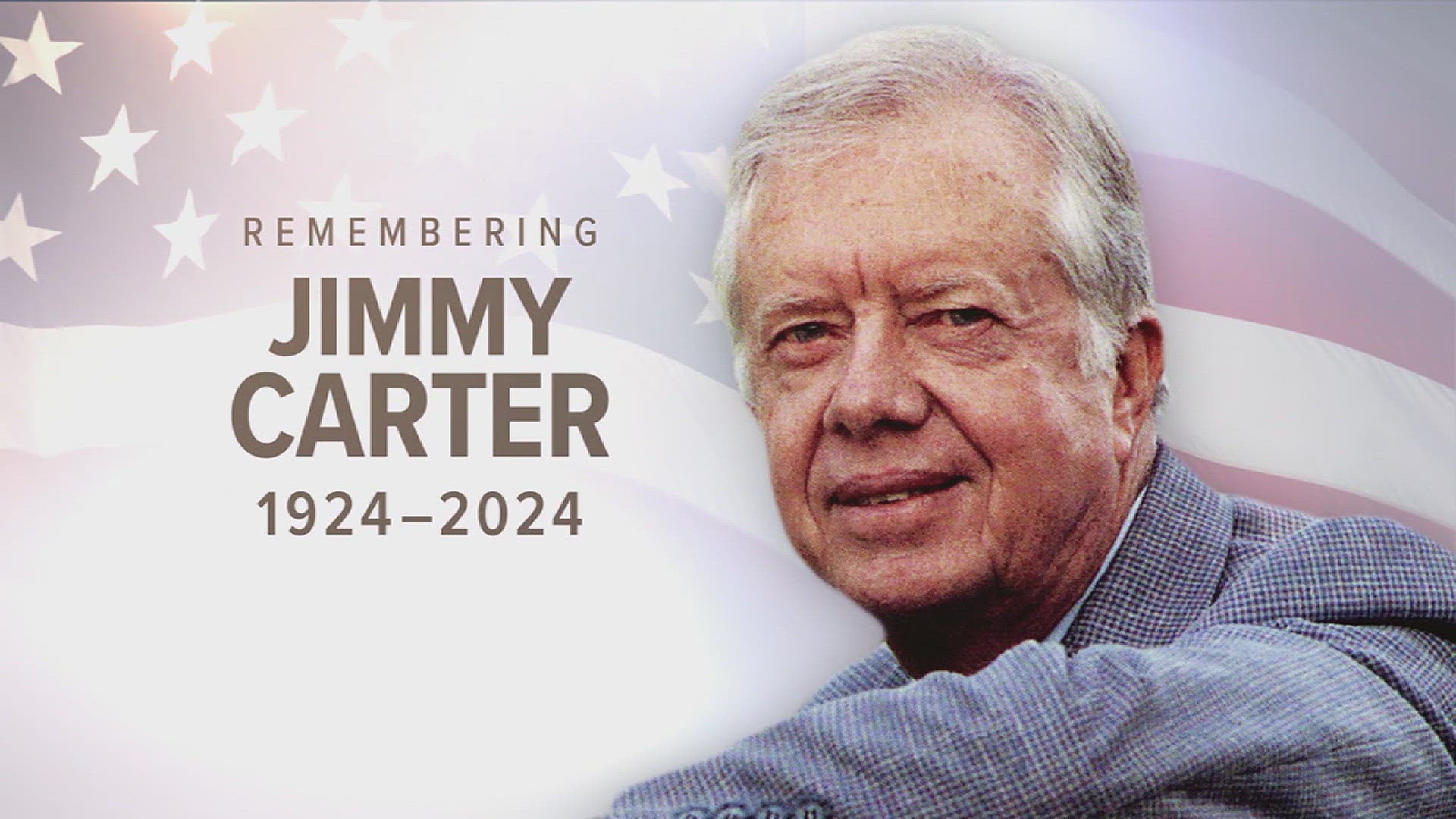(Akiit.com) In MADEA’S FAMILY REUNION, film-maker Tyler Perry tells the story of two sisters- one highly favored by her mother and the other one not- and their family reunion which culminates in the marriage of the least favored sister at the reunion. In the film, themes such as class distinctions and tradition are discussed. Similarly, in the Martin Lawrence film entitled “Welcome Home Roscoe Jenkins”, the importance of family relationships and male bonding are discussed. And like the Perry film, competition for a favored position within the family hierarchy is explored.
The tradition of the family reunion has been a mainstay of world culture dating back to even the New Testament. The biblical story about the prodigal son, in which the least favored son is celebrated at a family reunion by his father is one such example. Although little  has been documented about the origins of family reunions, they appear to have a long and vibrant history in the United States dating back to well before the eighteenth century.
has been documented about the origins of family reunions, they appear to have a long and vibrant history in the United States dating back to well before the eighteenth century.
One early American family, the Allen-Tate family began holding its annual family celebration in order to demonstrate that faith in God is tied to the perpetuation of the family. In this day and age, when not only the black family but other families as well, are constantly under pressure, from an an array of external and internal obstacles, many view the family reunion as a time when family bonds are strengthened. For those that have drifted apart, moved away, or simply lost touch with loved ones, a people search engine such as Truthfinder, can help assist one in finding these long lost relatives, etc. There is nothing more beautiful than the meet and greet at a family reunion.
Lupe Juarez-Veloza, who is the matriarch of an Hispanic family, states: “I have been planning our family reunion for the past three years. I do it so that our first generation can see what they started by their existence… “Similarly, Greg Trevigne states: “It’s a way for us to celebrate our family heritage, stay in touch as blood relations, and meet new members as we grow and increase our numbers. It’s important to know that you belong.” These sentiments are echoed by Carmel Garcia, Bea Morgan, Bobbie Guillory-Avery and Cordell Brown Jr. who annually attend the Broussard-Guillory Family Reunion of which I am a member.
The Broussard-Guillory family, which celebrates French, African, Haitian and Indian influences upon the family is held each July. The Broussard-Guillory Family Reunion, which began in Louisiana and Texas, is now annually held in Fairfield, California. A Creole family, containing many different races and colors, The Broussard-Guillory Reunion according to Carmel Garcia is “like a rainbow.” Bobbie Guillory-Avery says that she likes seeing everyone, and Cordell Brown Jr. addresses the fact that family bonds are strengthened at such gatherings.
The importance of family reunions toward the maintenance and strength of the family unit is so important that Temple University administrator, Dr. Ione D. Vargus created The Family Reunion Institute to serve as a resource to families having reunions. Similarly, The National Council of Negro Women, Inc. for the 26th year in a row has held the Black Family Reunion Celebration which lasts for several days and attracts as many as 250,000 people each year.
In conclusion, the family reunion can be seen as a tool to prevent the family unit from falling into the pit of dysfunction.
Columnist; Cleo Brown
Official website; http://www.hiphoprepublican.com









Leave a Reply